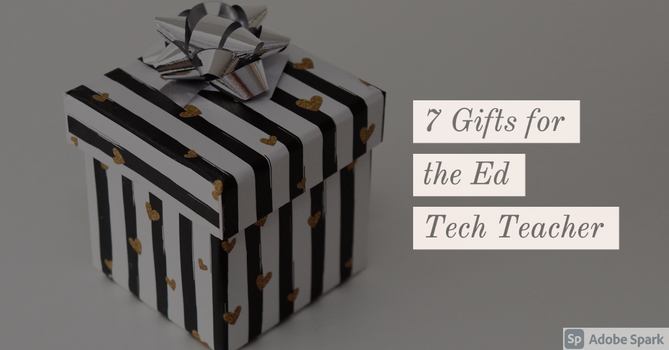|
Have you ever thought Elementary School was two different schools? There is the K-2nd grade group that doesn’t usually have state tests, reading skills are still developing, and you are reluctant to give them much freedom. You then have the 3rd-5th group who all have state tests, reading skills are relatively developed, and you are starting to provide them with some different responsibilities. Teaching coding at the elementary school has to adapt to both groups, and hopefully, this blog will help you approach it.
Naturally, coding is a field of study that requires reading. Actual text code may not be easy for the untrained eye to read, but it is in some type of script or text. How do you let younger kids start in that? You would think it’s next to impossible, but a few pioneering companies have found ways for students to work through code and practice computational thinking. Typically, you see two formats: blocks without words and drawing. I prefer blocks without words (icon coding) to drawing because it translates better to a regular block coding environment. Of course, what’s also really important is the interface, and I think touch is the way to go. An app that brings that out is Tynker Junior. It has five courses and five maker studios that are continuously building on skills. You start in Ocean Odyssey with simple pattern matching, and then you move through courses to the eventual Super Squad, which has multiple characters and nested loops. You can also give students an avenue to free creation in the maker studios. As students progress and reading skills are starting to develop, you can move them into regular block-based courses and lessons, but you can limit them to puzzles with voice-over. Think of it as the transitional time. There aren’t many places to find this, but Tynker has four courses that take this approach. When you get to third grade and reading skills are developed, you transition to complete block coding, and there are a ton of resources out there. When you look at coding curriculum, is there enough varied content that students will continuously build on skills as they use? Can they grow and create with the curriculum? There are many tools out there that focus on one hardware, one theme, or one set of characters. They just don’t have something for everyone. Part of the growth and creation is to make coding an option in any class. If we depend on computer teachers or STEM teachers to be the only ones to make it happen, it won’t. Kids can create all different types of products that would apply anywhere, like games, stories, and simulations. Why not let them do it? If you want to make it real easy on yourself, there is no better place to start than the Tynker Stem lessons. Above all, ask yourself with all coding platforms, no matter the grade level, “What is the ceiling?” Can kids move past the initial lesson and can they create imaginative things? Can they progress in that creation with more complex and eventually scripted projects? If you center yourself there, you will never go wrong no matter what tool you use.
0 Comments
Leave a Reply. |
Archives
January 2023
Categories |

 RSS Feed
RSS Feed
